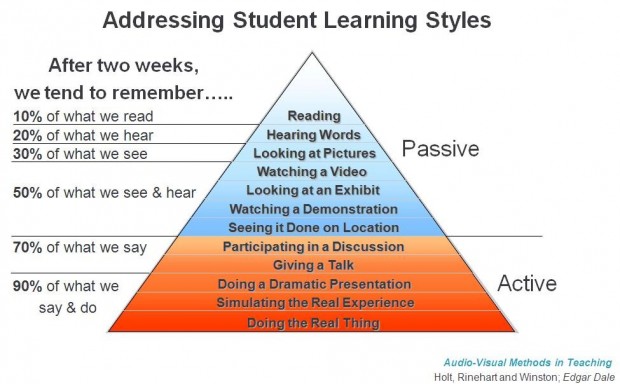The underlying role of the language lab has not changed dramatically over time: This role is to help students to master their reading, writing, listening, and speaking skills in a new target language. While the traditional role of the lab has not changed significantly, both the technology of language labs and the teaching methodologies employed in language labs have changed dramatically – to be much more supportive of communicative learning and student interactivity.
Language labs facilitate a broad range of activities that involve students in reading, writing, listening, and speaking the target language.
In a language lab, students do not play a passive role.
- Students listen to (and/or watch) multimedia materials in which native speakers of the target language are talking in an authentic context.
- Students record themselves and listen to themselves speaking the target language.
- Students converse with their fellow students in pairs or in groups using the target language.
Today’s modern multimedia interactive language labs help teachers to use a more progressive teaching approach. Also, language labs are a natural motivator for our current generation of plugged-in students.

